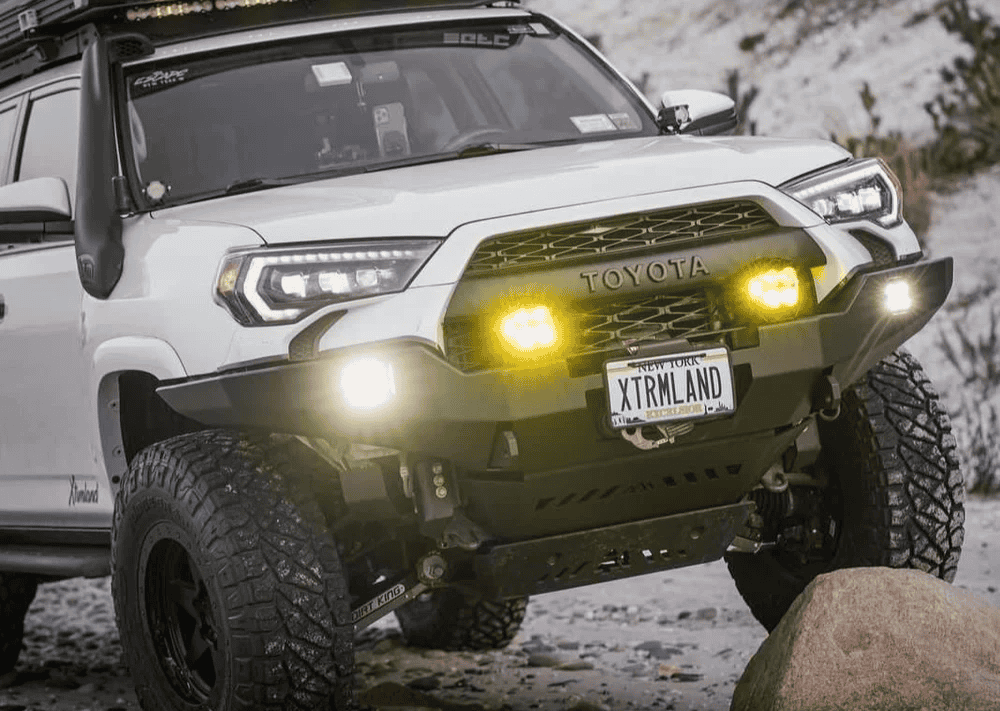Overland Vehicles

Every smart platform choice begins with honest trip planning. List the places you will actually drive, the weather you will meet, and the distance between resupply points. A rig that excels on forest roads in summer can feel underbuilt on rocky climbs in early spring or snow covered passes in late fall. Your terrain mix determines the priority between ground clearance, protection, tires, and driveline.
Ask how many days you want to be self contained. More nights off grid demand more water, battery capacity, and storage. That added mass changes what platforms make sense, and it directly impacts braking distance, spring rates, and tire load ratings.
Two people on long routes need different storage, sleeping, and seating than a solo traveler. Families require safe seating and a sensible layout before anything else. Build around the body count and the longest stretch you plan to stay out.
High heat and humidity pressurize cooling demands. Cold and high elevation stress batteries and fuel systems. Note whether your routes include deep water crossings, long sand stretches, or slick clay that turns to soup after a storm.
Many dream routes are fronted by tight tree lanes, low branches, or narrow switchbacks. If your favorite trailhead has a cramped turnaround, a shorter wheelbase can save the day.
Look at vans, trucks, and SUVs through the lens of payload, packaging, and serviceability. Payload is non negotiable. Add people, fuel, water, food, recovery gear, tools, shelter, and power systems. Then leave headroom. Running at the limit makes every mile harder on components and tires.
Wheelbase drives stability and comfort but affects breakover clearance. Width determines whether you kiss branches or glide through. Height influences wind stability, fuel economy, and parking access. Measure your real world routes against these dimensions.
Four wheel drive with low range is valuable on steep, loaded climbs. Locking differentials or modern traction control expand capability when traction is uneven. Suspension should match your final mass. Choose spring rates for the build you will finish with, not the one you begin.
Heavy rigs need confident braking. Bigger tires change effective gearing and engine load. Cooling must keep pace on long grades in summer heat. Test on a sustained climb and a long descent before you call it done.
The best platform still fails if energy planning is wishful thinking. Consider the whole system: engine or motor efficiency, alternator or DC to DC charging, battery chemistry, solar, and inverter size. Range planning is not only miles per gallon. It is water capacity, food days, propane or diesel for heat, and gray water management.
A realistic budget should include armor, suspension, tires, wheels, recovery gear, lighting, and communications before any comfort upgrades. Leave margin for spares and maintenance. Simpler often wins when miles stack up.
Recovery points front and rear, a quality jack, a matched tire repair kit, soft shackles or hardware rated properly, and driver training are foundational. Add lighting where needed, not everywhere. Aim for clean beam patterns that reduce eye strain at night.
Place heavy items low and centered. Keep emergency gear accessible with one door open. Use modular bins and mounts so your layout stays tidy over washboard and miles of corrugation.
Shake down your platform close to home. Run a full weekend with the exact loadout. Track what you did not use and what you missed. Iterate before you head out on a long route.
When your platform is selected, a thoughtful upfit makes the difference between a good trip and a great one. Practical upgrades in stages help keep the project on track. Start with tires and suspension matched to load, add protection where your trails demand it, then integrate power and storage systems that suit your travel rhythm.
If you want a team that designs for real trail conditions and long range comfort, explore our overland work and see how builds come together on overland rigs. For tailored fabrication, layout planning, and integration that suits your chosen platform, review what is possible with a custom overland upfit. Curious about process and shop standards before you commit? See what sets our approach apart at why choose OZK Customs.
Your routes, your crew, and your loadout are unique, so your rig should be too. Share your terrain mix, travel days, and must haves, and we will map a build that fits. Start by browsing our work, then reach out when you are ready to talk timeline, budget, and next steps at OZK Customs.
Ready to turn your platform choice into a capable build? Tell us how you travel and we will engineer, fabricate, and upfit a rig that fits your life. Submit the form to start your spec and build timeline with OZK Customs in Fayetteville.
ADDRESS:
6159 E Huntsville Rd, Fayetteville, AR 72701
PHONE:
(479) 326-9200
EMAIL:
info@ozkvans.com